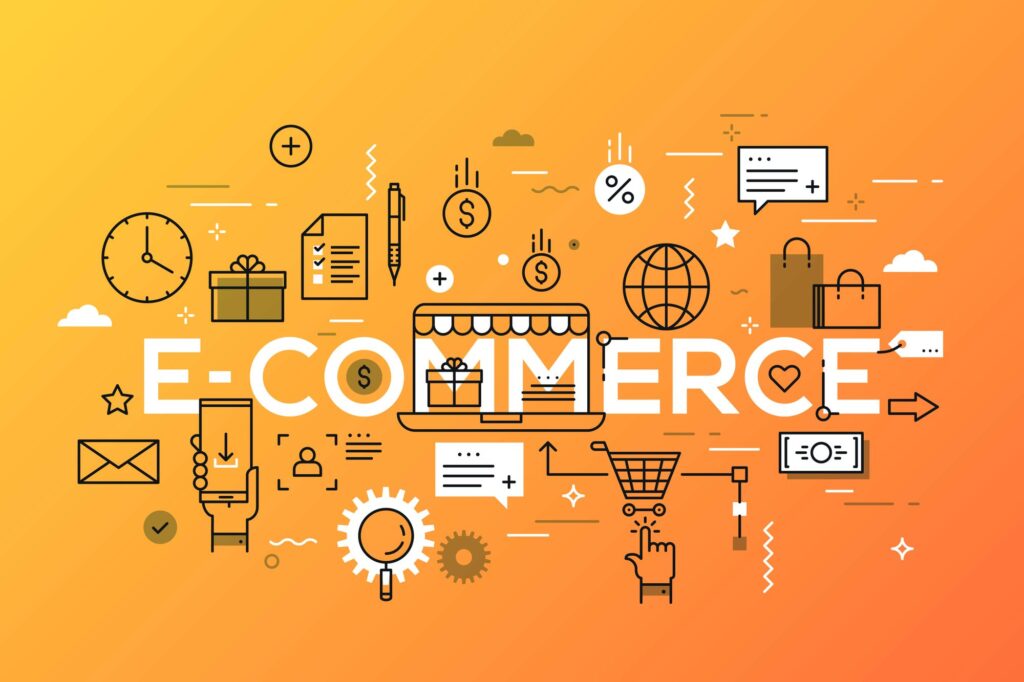
With global e-commerce sales projected to reach $6.3 trillion in 2025, the digital marketplace is more competitive than ever. Whether you’re just starting or looking to scale, a strong e-commerce marketing strategy is crucial to standing out and driving consistent growth.
What Is E-commerce Marketing?
E-commerce marketing refers to tactics used to drive traffic to your online store, convert visitors into customers, and retain those customers post-purchase. It combines channels like SEO, email, social media, PPC, and more to grow your brand and boost revenue.
Why E-commerce Marketing Matters
📦 Your products need visibility
A great product isn’t enough — you need to reach the right people at the right time.
💳 Consumer behavior is digital-first
Most buyers research, compare, and purchase online — your marketing must meet them there.
📈 Sustainable growth depends on strategy
Relying solely on ads or discounts won’t build long-term success. A multi-channel strategy ensures brand loyalty and profit.
Top E-commerce Marketing Strategies
1. Search Engine Optimization (SEO)
Optimize product pages, category pages, and blog content to increase your visibility on search engines and drive organic traffic.
2. Email Marketing
Build and segment your email list. Use automation to send welcome emails, cart abandonment reminders, and personalized offers.
3. Social Media Marketing
Promote products, user-generated content, and limited-time offers across platforms like Instagram, Facebook, and TikTok to engage and convert.
4. Pay-Per-Click (PPC) Ads
Use Google Shopping Ads, Meta Ads, and retargeting campaigns to reach high-intent shoppers and recover lost sales.
5. Content Marketing
Create how-to guides, product demos, reviews, and blog posts to attract visitors and provide value that builds trust.
6. Influencer Partnerships
Collaborate with influencers in your niche to reach new audiences and increase product credibility.
7. Loyalty & Referral Programs
Reward repeat customers and encourage word-of-mouth marketing with exclusive perks and referral discounts.
Tools That Help
🛒 Shopify – for a user-friendly storefront
📧 Klaviyo – for e-commerce email automation
📊 Google Analytics & GA4 – to track visitor behavior
📱 Meta Ads Manager – to manage and optimize ad campaigns
🔄 Hotjar / Crazy Egg – for conversion rate optimization
Final Thoughts
The e-commerce space is fast-paced, but the brands that succeed are those with a clear, consistent marketing strategy across channels. By focusing on both traffic generation and conversion optimization, you can build a scalable, sustainable e-commerce business.
🚀 Need help building or refining your e-commerce marketing strategy?
Contact us today and let’s unlock your brand’s full potential.
